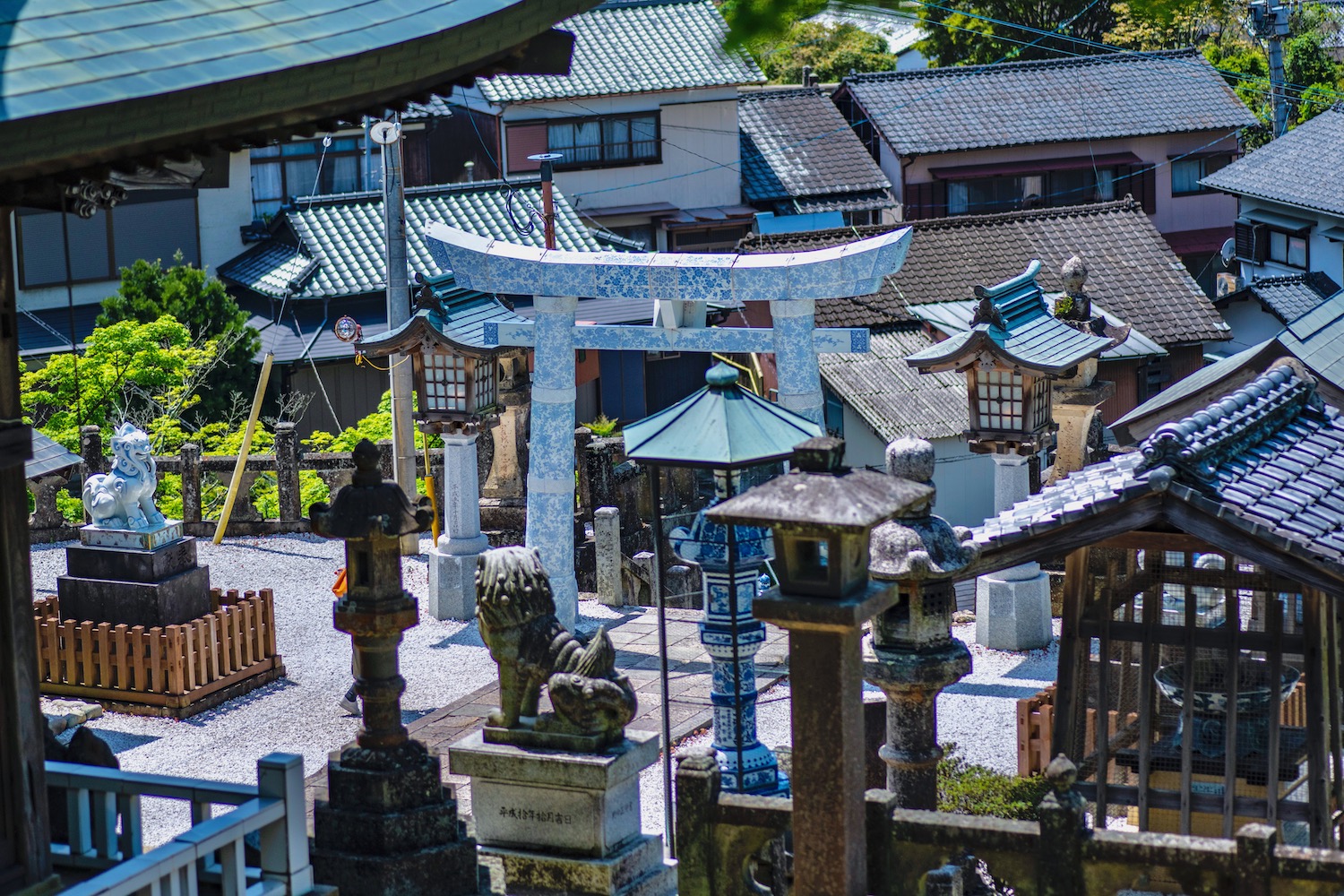In a survey many years ago—a survey I can’t seem to find, although to be fair I’m not looking very hard—Saga was voted as one of Japan’s least-desirable prefectures, along with Fukui and Ibaraki. I found this unfortunate, but didn’t push back on it very hard.
It was only upon revisiting Saga recently that I started to think about it again. Although this central Kyushu prefecture often disappears between the more exciting destinations of Fukuoka and Nagasaki, it’s actually a pretty nice place to be for a day or two, even though I’ve never spent longer than that here.
Not yet, anyway. But writing out this Saga travel guide, formally, after so many years? Well, let’s just say it’s made me reconsider that decision.
Where to Stay in Saga
Now, as I have already explained, most of you reading this won’t be looking for Saga hotels. You’ll be coming here on a day trip from Fukuoka or Nagasaki (or, less potentially, Kumamoto) and won’t actually need to stay overnight here. However, if you have extra time in your trip or simply want to try something a little extra, then you can of course choose to sleep here.
In terms of enjoying your experience, the best places to do this are probably near major attractions. For example, if you want to spend time in Arita, you could choose Keramiek Arita in the old town. Mercure Saga Karatsu Resort, meanwhile, is walking distance from Karatsu Castle. Practically speaking, however, somewhere like the Comfort Hotel in Saga City might be the best option.
The Best Places to Visit in Saga
Arita
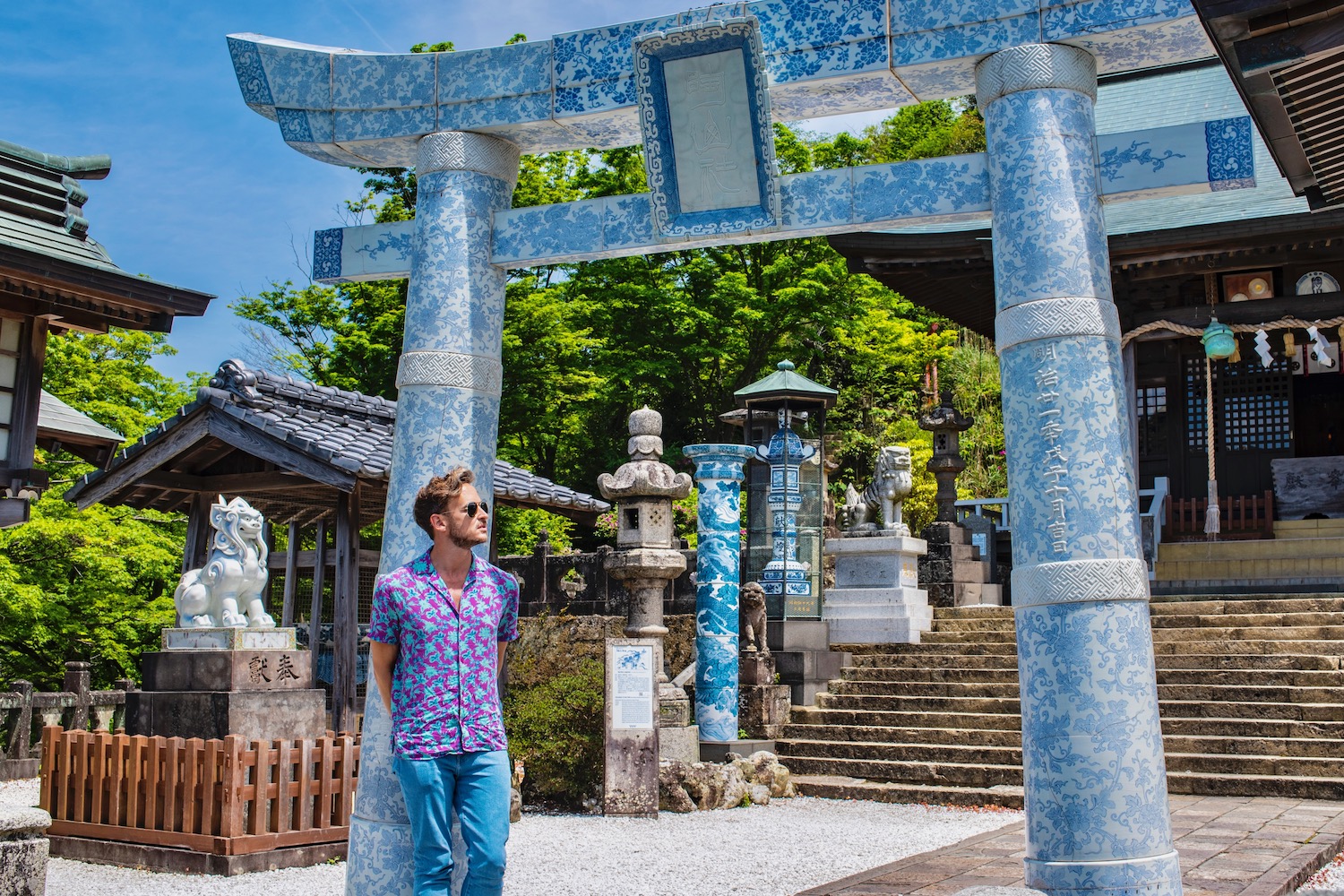
I’ll admit: Arita wasn’t on my radar until I planned a trip for some potters, who wanted to visit various places in Japan to delve deeply into its ceramics heritage. Once I learned of it, however, I couldn’t stop thinking about it until I finally visited. Even if you only manage to visit Tozan Shrine and its ceramic torii gate, Arita is a place that’s extremely unique within Japan.
Oura Rice Terraces
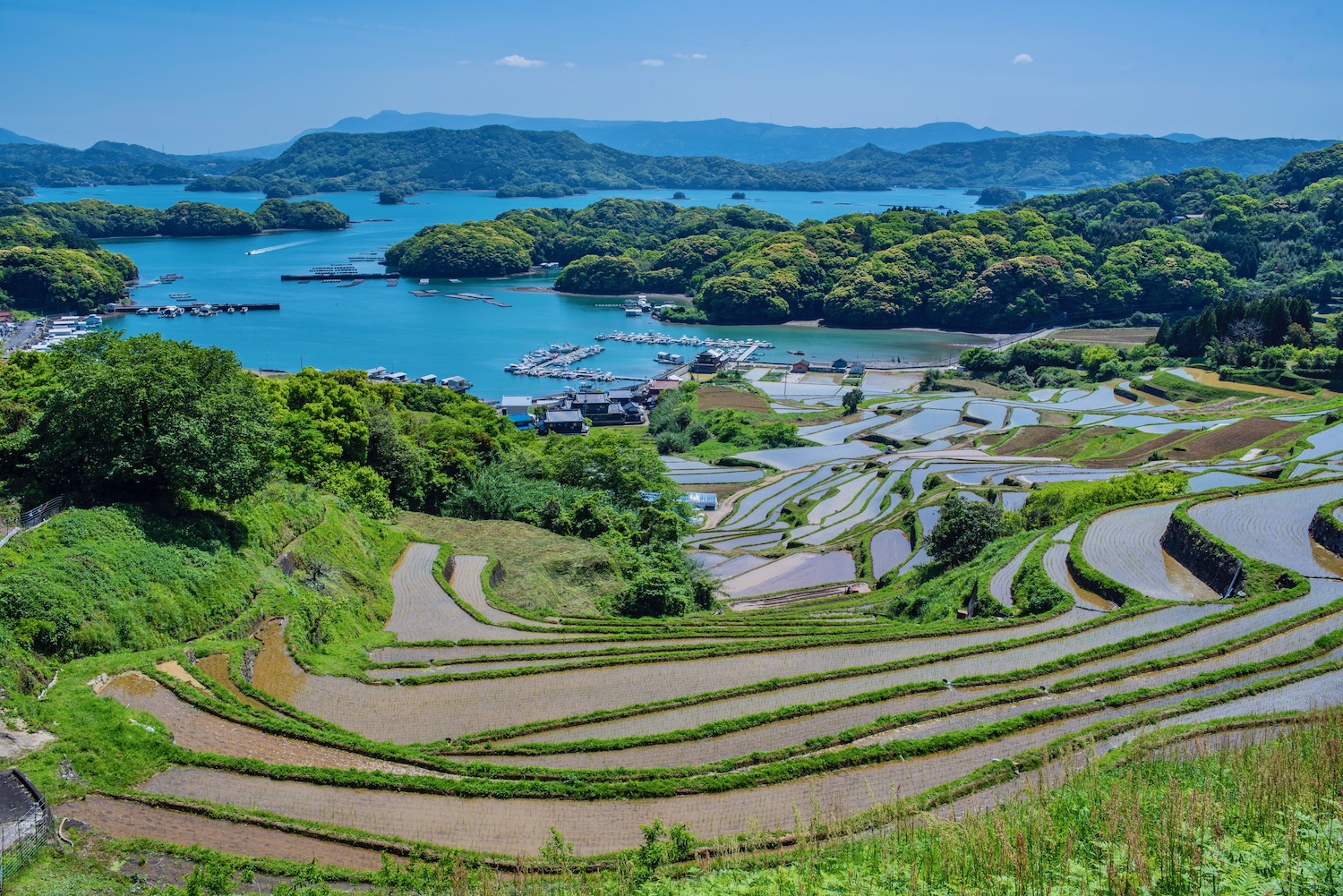
To be honest, I considered including many rice terraces within my Saga itinerary, given how many of them you can find along the coast in the northern part of the prefecture in particular. In my opinion, however, the Oura Rice Terraces are the most picturesque, even if—I warn you—they are slightly out of the way, particularly if you aren’t staying at least a night in Saga.
Yoshinogari

Japan’s Yayoi period was extremely important—foundational, even—for the development of the country, but isn’t very well-understood or appreciated by foreigners. Even if this is a group of people that includes you (lacking an understanding of Japanese history—not being foreign necessary), the Yoshinogari Historical Park is a great and attractive place to find your bearings.
Yutoku Inari Shrine
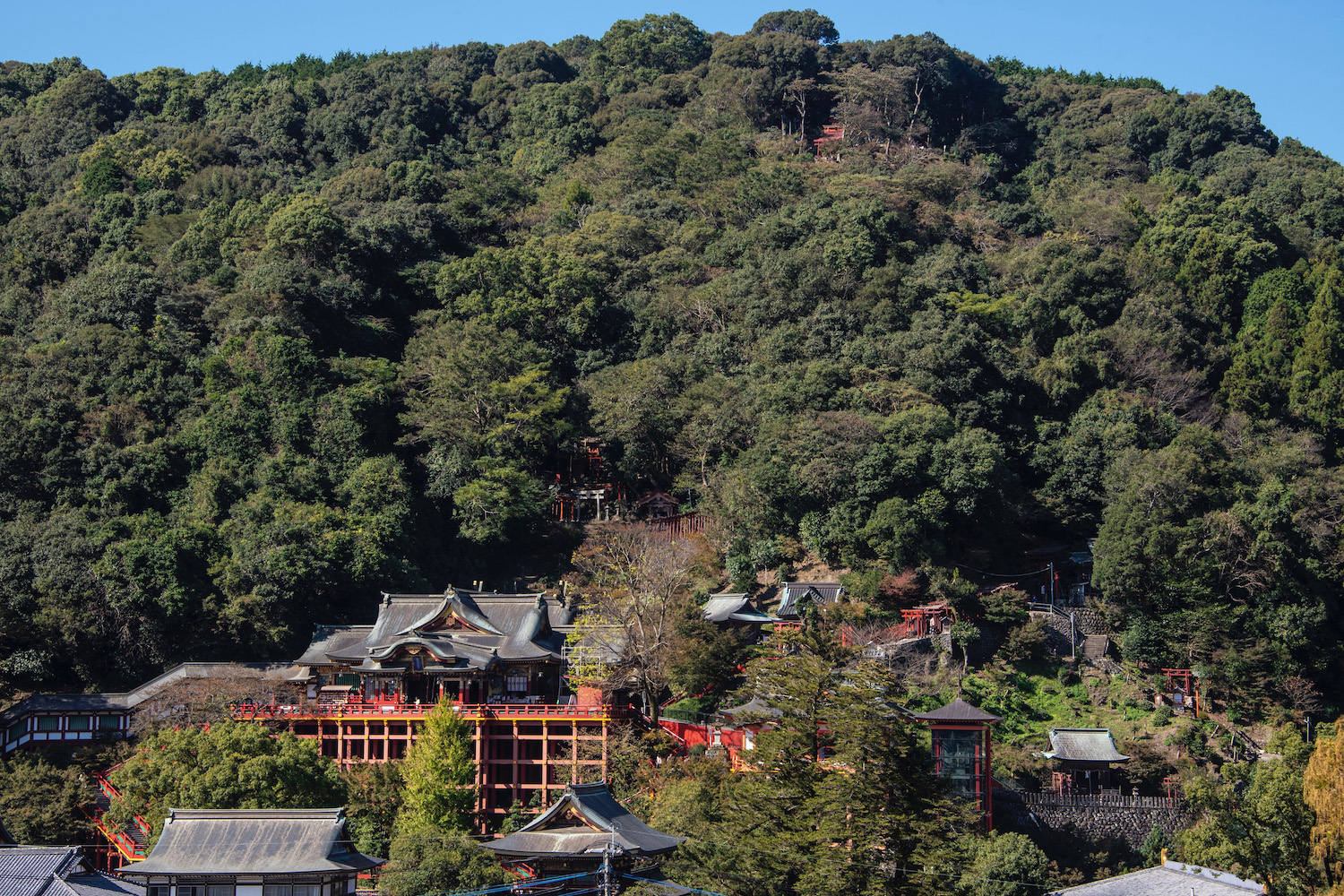
Although I’m including this in my Saga travel guide, I actually first visit Yutoku Inari Shrine on a day trip from Nagasaki. Regardless of how you get here, however, this 17th-century shrine (one of Japan’s most important Inari shrines, along with Fushimi Inari in Kyoto) is delightfully uncrowded most days, and interesting to explore as it snakes up a hillside.
Karatsu Castle

Likewise, while Karatsu Castle is ostensibly in Saga, it’s very easy to visit from Fukuoka. Simply board the Fukuoka Subway Kuko Line (which stops at many major stations, including Hakata Station) and ride it all the way to JR Karatsu Station. While the castle itself is not original, it does offer an awesome view from the keep. Moreover, the jokamachi built up around it is a joy to explore.
How Many Days Do You Need in Saga?
Given that most of you will be visiting various Saga destinations on day trips from nearby prefectures, this question may be irrelevant. It’s possible you will pass through Saga prefecture on 2-3 days of your overall trip to Kyushu, without spending a single night. So in a way, you aren’t staying any full days in Saga-ken—as I mentioned earlier in this post, it’s more or less a waypoint.
On the other hand, you can look at the question of how many days in Saga in a couple of other ways. If you decide to stay in Saga City, as I suggested earlier, you could sleep here 2-3 days, and use your hotel there as a base for exploration. Or, you could simply opt to spend a single night near an attraction like Yoshinogari and Oura Rice Terraces, and dig deeper given the evening and morning time that gives you.
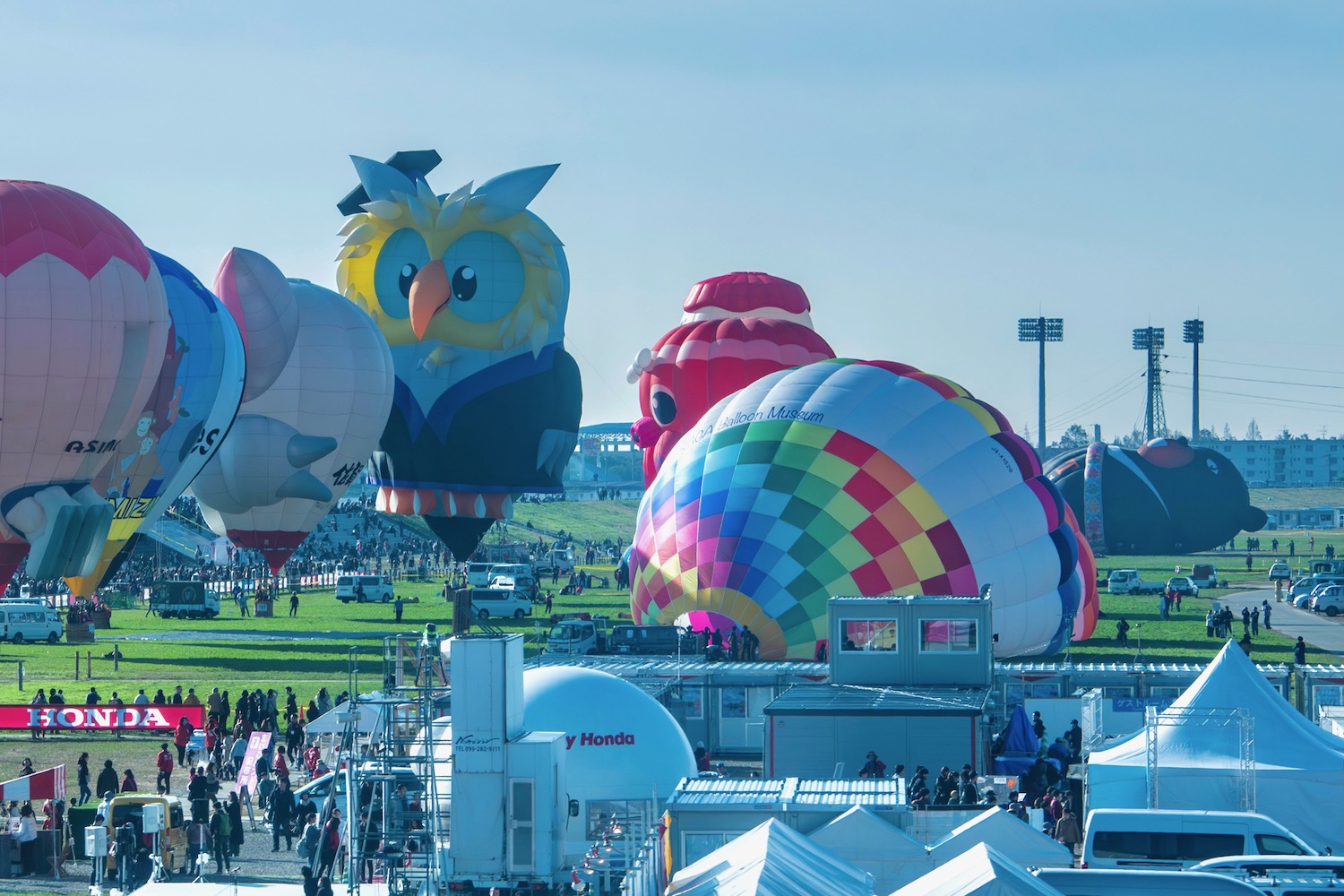
TIP: If you’re coming in early November for the Saga International Balloon Fiesta, you might want to spend an extra night in Saga City, where the festival takes place.
Other FAQ About Visiting Saga
What is Saga prefecture famous for?
Saga prefecture is famous, at least in the tourism world, for not being a very desirable place to visit. In fact, alongside Fukui and Ibaraki prefectures, it was recently ranked among Japan’s least-loved prefectures for tourists. To me, however, this is all the more reason to try and get to know it.
How do I get from Fukuoka to Saga?
How you get from Fukuoka to Saga depends on where in Saga you’re going. For example, while you can actually stay onboard the Fukuoka Subway Kuko Line past its “last” station and continue all the way to Karatsu, you’ll need to take a Kamome Limited Express train to reach Takeo Onsen. It’s best to think not of Saga-ken as a whole, and more about the specifically destination you wish to reach.
What island is Saga on?
Saga prefecture is on Kyushu, the southernmost of Japan’s main four islands. It’s located in the north-central part of the island, which on one hand makes it very easy to reach from other destinations, but also makes it easy to miss as you criss-cross over it without actually stopping to explore.
The Bottom Line
Not many people are looking for a Saga travel guide, but if you are I’ve got you covered. For most travelers, Saga prefecture is a way point—you come here on the way between Fukuoka, Nagasaki and/or Kumamoto, or on a day trip from one (or all) of these prefectures. However, there’s an argument to be made that some Saga destinations are worth an overnight stay, be that the pottery town of Arita, the Oura Rice Terraces or the Yoshinogari historical park. Need personalized help planning your trip to Kyushu? I do hope that you’ll consider hiring me to plan it!



